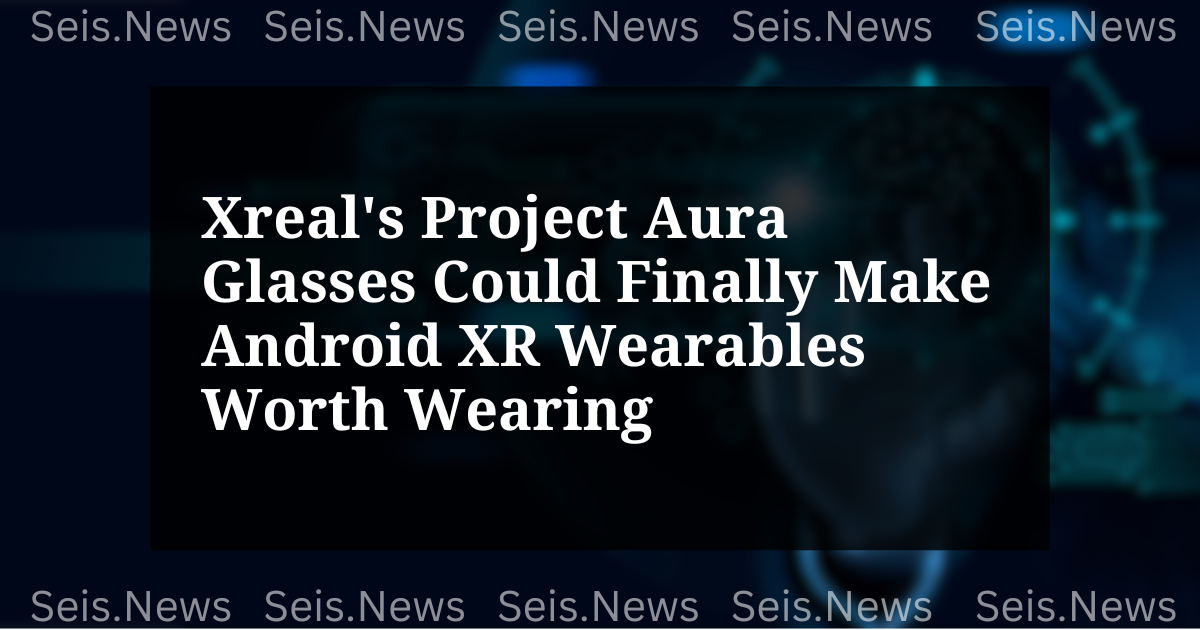Google and Xreal’s Project Aura: Android’s Second Shot at XR Domination
Optical see-through smart glasses enter the Android XR fray—but will developers bite?
At Google I/O, the tech giant quietly dropped a bombshell: a partnership with Xreal for Project Aura, the second official Android XR device since the platform’s December 2023 debut. Unlike Samsung’s Project Moohan headset, Aura leans into Xreal’s smart glasses legacy with an “optical see-through XR” design—think lightweight frames packing cameras, mics, and a Qualcomm XR chipset. It’s a calculated gamble that could redefine how we interact with AR—or become another footnote in Google’s mixed-reality misadventures.
“Android XR isn’t about Google building hardware—it’s about enabling partners to innovate,” a Google spokesperson told WIRED. “Aura proves the platform’s flexibility.”
The specs hint at ambition: a wide field-of-view, Gemini AI integration, and discreet sensors embedded in hinges and the nose bridge. But the real story is Google’s hands-off strategy. By outsourcing hardware to Xreal and apps to developers, it’s replicating the Wear OS playbook—avoiding another Glass-sized debacle while hedging its XR bets. The catch? Without a killer app ecosystem at launch, Aura risks becoming another developer curiosity like the ill-fated Daydream.
Notably, Android XR apps built for headsets like Moohan can be adapted for Aura, theoretically lowering the barrier for devs. But XR’s chicken-and-egg problem persists: users won’t flock without apps, and devs won’t prioritize a niche device. Google’s answer? Bet on the open platform. “This lets hardware partners differentiate while we handle the OS heavy lifting,” said the spokesperson. It’s a stark contrast to Apple’s walled-garden Vision Pro approach—but whether that’s a strength or a weakness remains to be seen.
Project Aura’s success hinges on two factors: whether Xreal can deliver consumer-friendly hardware (their Air 2 Ultra glasses currently retail at $699), and if Google’s renewed smart glasses push can outrun its reputation for abandoning projects. One thing’s clear: after a decade of false starts, Android’s XR ambitions are finally taking shape—one partnership at a time.





